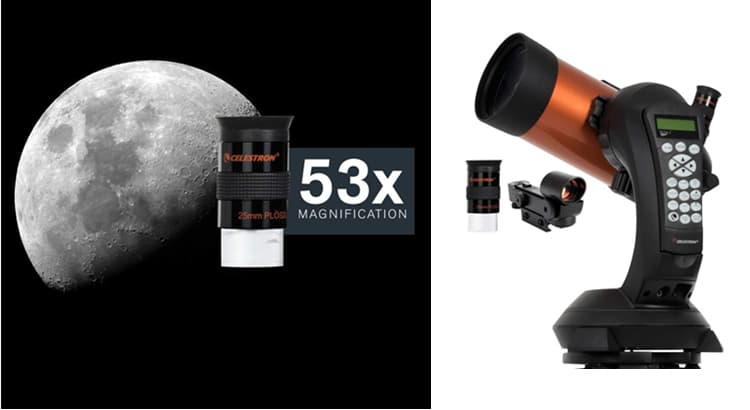Hey fellow stargazers! If you’re on the cosmic journey with your Celestron telescope, you might be wondering, “Can you see planets with a Celestron telescope?”
Let’s embark on this celestial exploration and delve into the wonders that await through the lens of one of the most popular telescopes on the market.
To answer the burning question right off the bat – yes, you can absolutely see planets with a Celestron telescope. In fact, Celestron telescopes are renowned for their quality optics, making them ideal instruments for observing our neighboring planets in the solar system.
Let’s start with the big guy – Jupiter. With a Celestron telescope, you can witness Jupiter’s iconic cloud bands and its four largest moons, known as the Galilean moons. The detail and clarity provided by Celestron’s optics allow for a mesmerizing view of this gas giant and its celestial entourage.
Saturn, with its stunning ring system, is another highlight. Celestron telescopes enable observers to distinguish the different ring segments, providing a view that never fails to awe. The intricate details of Saturn’s rings come to life through the precision optics of a Celestron telescope.
Moving a bit closer to home, the red giant Mars becomes a captivating subject. During its opposition, when Mars is closest to Earth, Celestron telescopes unveil surface features like polar ice caps and prominent Martian landscapes. Observing Mars through a Celestron telescope is an experience that brings the Red Planet right to your backyard.
Venus, the brilliant evening or morning star, showcases its phases through a Celestron telescope. Witnessing the changing crescent shapes of Venus adds a dynamic element to your celestial observations.
Mercury, the elusive innermost planet, can also be spotted with a Celestron telescope during its periods of greatest elongation when it’s farthest from the Sun.
Now, the key to unlocking the full potential of your Celestron telescope lies not only in its quality but also in the eyepieces and accessories you choose. Investing in high-quality eyepieces, Barlow lenses, and filters can significantly enhance your planetary viewing experience, allowing you to capture more details and nuances.
It’s essential to note that planetary observation requires a bit of practice. Learning to focus your Celestron telescope precisely and understanding the best times to observe each planet enhances the overall experience. Patience is indeed a virtue in the world of astronomy.
In terms of user experiences, Celestron telescopes receive accolades for their user-friendly design, making them accessible to both beginners and seasoned astronomers alike. The availability of computerized mounts and GoTo technology further simplifies the process of locating and tracking planets in the night sky.
In conclusion, the answer to the question, “Can you see planets with a Celestron telescope?” is a resounding yes.
Whether you’re a planetary enthusiast or just starting your astronomical journey, a Celestron telescope opens a portal to the wonders of our solar system.
So, grab your telescope, head outside, and prepare to be mesmerized by the celestial beauty that awaits. Happy stargazing, fellow cosmic explorers!





